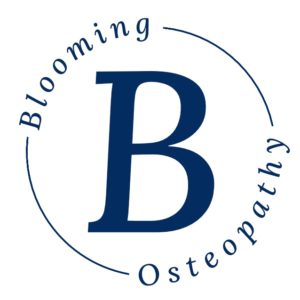Osteopathy Dundrum
C-Section Overview
What does it consist of?
A c-section can be elective or emergency. You may choose to have a c-section due to a variety of reasons including placental problems, breached position and large baby. This will be discussed with your consultant and together you should create a birth plan that is best for you and your baby. Elective c-sections are becoming more common, mothers may like to have a specific date in the diary for surgery, they also may like that they can plan for their recovery. Whereas with a planned vaginal birth it is less certain of the exact outcome in terms of recovery.
An emergency c-section is when it is unplanned. This can happen early in the labour as things aren’t progressing or it may be that it becomes evident that it is safer for you and the baby to have surgery due to positioning, or heart rate. There are a variety of different reasons out of our control which will determine how you give birth.
Make no mistake a c-section is not the ‘easy-way-out’ it is major abdominal surgery!
There are 7 layers to get to your baby:
- Skin
- Fat
- Fascia
- Abdominal Muscles
- Peritoneum
- Uterus
- Amniotic Sac
Each layer needs to be stitched and heal.
The early days
You will be on pain medication to help with the discomfort, but your scar will still feel hot, look red and be sore.
After a few days the wound will start to close. The scar may feel tight and moving around may be uncomfortable.
Any discharge or smells go and see your midwife, doctor, or consultant.
What can you do to help?
- Rest – have a support team around you if possible, prepare with frozen meals or get online delivery, no cleaning!
- Hydrate – 2-3 litres a day. Put a few bottles around that house so you don’t have to keep getting up.
- Food – Lots of protein (help with healing) and fibre (to avoid constipation).
- Clean – Keep your scar clean, wash daily with water and pat dry.
- Re Engage – Practise diaphragmatic breathing and pelvic floor activations to start regaining control of your muscles affected by pregnancy and birth.
What’s not normal?
- Fever
- Increasing pelvic pain
- Unusual discharge
You should contact your GP if you are experiencing any of these symptoms. For more information Caesarean birth – HSE.ie
Post 6 week
When the scar is will fully closed to prevent infection start these things to help with recovery.
- Rehab – These stages are gaining awareness of the area, control, and then strengthen and improving overall function.
- Massage – use coconut oil. This will help improve the healing of the muscle and fascia, prevent excessive scar tissue, and rebuild normal sensation to the area.
- Compression – a compressive garment helps provide support for the muscles that have been stretched and then cut, it also reduces the swelling around the scar and helps with mind to muscle feedback from the feeling of compression.
- Silicone – For those who’s scar is still red and raised at 6 weeks silicone can help by softening the scar tissue, reducing inflammation, and flattening the raised area.
6 Week Postnatal Assessment
Even though your baby may not have been delivered vaginally the pregnancy will have placed a lot of pressure on your pelvic floor. This will be examined externally and or internally. This is to ensure that it is able to contract as well as relax.
As postural assessment will show how your body has compensated to pregnancy, surgery and postnatal life.
Your scar will be examined to ensure that it is healing well and no intervention is needed from your GP.
A treatment plan will be made specific to you, this may consist of manual treatment and/or rehab exercises. You will also receive advise on scar massage which ill aid recovery.
C-section mums are super heroes, be patient and kind to yourself during recovery!
Why Wait to Start Feeling Great?
We’re excited to meet you! Book online or call us today to start your journey towards a pain-free, happier you.

